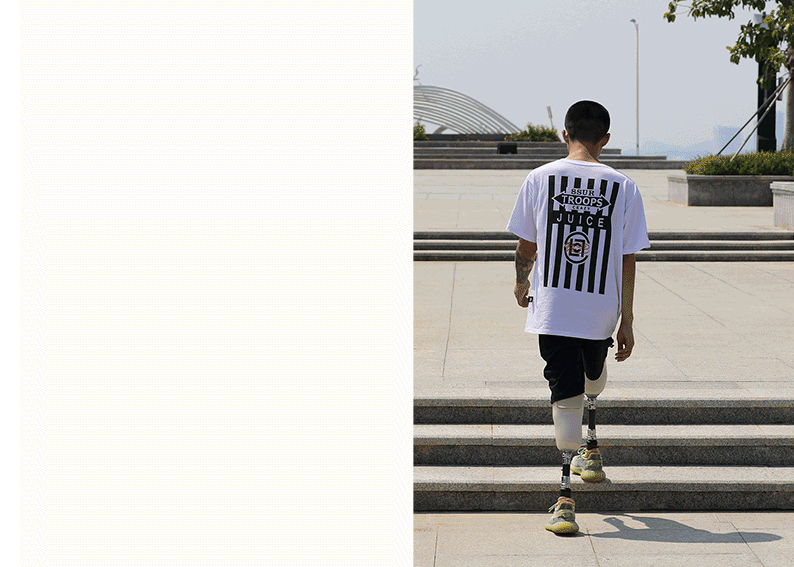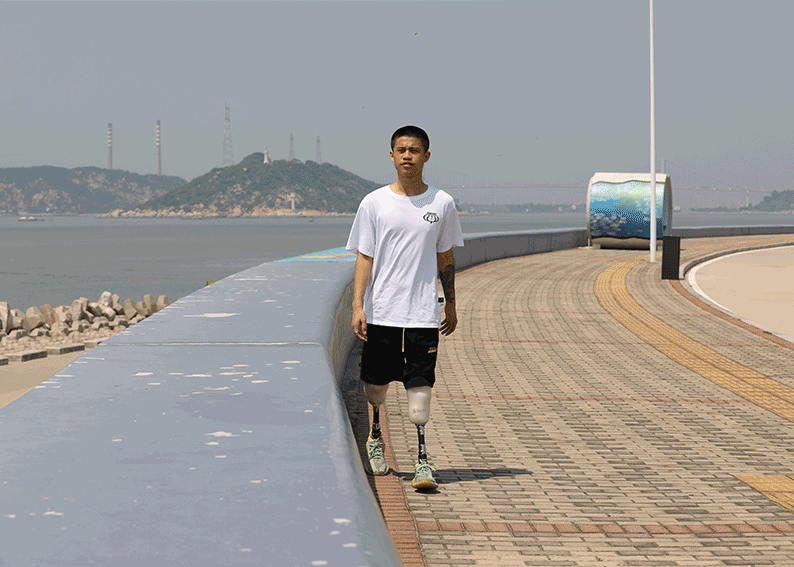
In daily life, human skin often friction with other surfaces, causing a lot of skin irritation and friction damage. Skin friction with work equipment, sports equipment, skin care products, improper footwear, textile materials, etc., may cause skin trauma, such as blisters, irritation or sensitization. In particular, the interface friction between prosthesis receiving cavity material and stump skin is very bad. It is well known that most amputees use prosthetics to maintain upright mobility and restore appearance. The coupling between the prosthesis and tibial stump is usually achieved through the receiver cavity, which is the key component affecting the performance of the prosthesis and the only way of load transfer between the prosthesis and the stump. Unfortunately, the stump of the soft tissue of the skin and underskin is not very suitable for carrying. Interactions between the stump and the prosthesis receiving cavity often result in increased friction damage and pain in the epidermis and muscle tissue of the stump, such as pressure sores, blisters, cysts, edema, skin irritation, and dermatitis. Friction injuries and pain can make them unfit to wear prosthetics for long periods of time and severely interfere with their daily activities, reducing their quality of life. For this reason, amputees often wear prosthetic socks to protect the stump. However, it should be noted that improper socks can cause skin trauma and inflammation.

The first reports of skin friction were made in 1955. Up to now, the research work on tribological factors and skin trauma at interface is still very limited. In the past 40 years, most of the researches focused on the stress at the interface of the skin prosthesis receiving cavity through experimental measurement and analysis. This information is used not only to evaluate and improve the design and assembly of the prosthetic receiver cavity, but also to help understand the prosthetic receiver cavity. However, the tribological factors have not been fully revealed in the interface design and fitting of the limb skin prosthesis. Friction between the stump and the receiving cavity can cause friction damage to the stump skin. According to the tribological behavior theory, umT-II tribometer was used to study the mechanical stimulation and comfortable feeling of different prosthetic socks on the skin of stump under the condition of simulated prosthetic sleeve wearing. Scanning electron microscopy was used to observe the wear pattern of the impression replica, rather than the actual skin specimen. Therefore, most amputees usually wear leg warmers to protect the skin of the stump.


